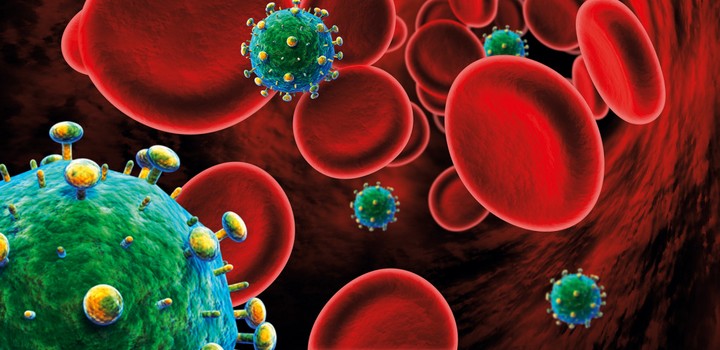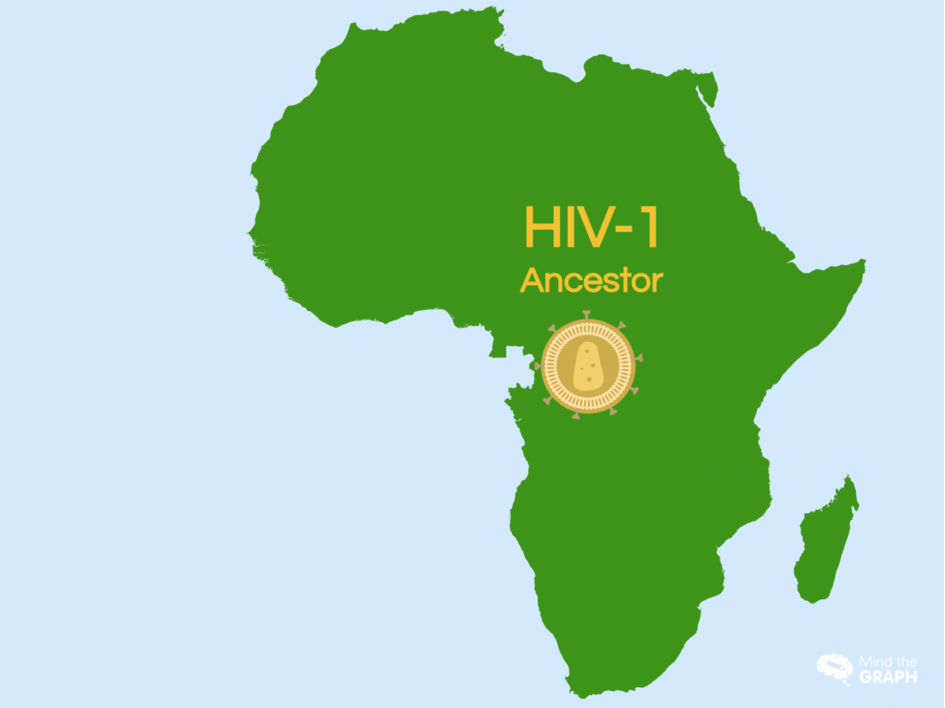The human kind have always been in touch with diseases along evolution. Most diseases have no extreme impact in our health and our bodies are able to fight by themselves. Even though pathogens evolve to a more resistent form, humans have found a way to improve medicine and save many lives. However, some of the current diseases still frighten us. Despite medical techniques improvements, the cure for many diseases remains a mystery. This is the case of HIV.
Scientists from all over the world have been trying to decode the HIV virus to understand how we can fight it. After years of small steps towards the its cure, it seems like we need to take a step back and look at the virus past.
Nuno Faria and his colleagues at Oxford University are studying the birth of a disease that never dies in an attempt to develop a cure. As their research unfolds, curious things about the HIV virus have been discovered.
After collecting samples from 800 people infected by HIV virus in Africa, Faria built the virus family tree. The outcome determined that all HIV genomes share a common ancestor from more than 100 years ago. The origin to HIV virus around 1920 helped the researchers to trace a city where the virus could have appeared: Kinshasa, in the Democratic Republic of Congo. History tells us that this promising city changed with railroads constructions and sex workers – two forms of transportation that the HIV virus found to spread.
The origin to HIV virus around 1920 helped the researchers to trace a city where the virus could have appeared: Kinshasa, in the Democratic Republic of Congo. History tells us that this promising city changed with railroads constructions and sex workers – two forms of transportation that the HIV virus found to spread.
Originally, two types of the HIV virus exists: HIV-1 group M and HIV-1 group O. The HIV-1 group M was the one spread from Kinshasa to the world. The HIV-1 group O, on the other hand, was originated nearby but never spread, remaining in West Africa till the present day.
Faria believes that the evolution of both groups could help us understand how this disease develops. He is focused on the diferences between groups and how it can determine the next steps of the virus.
Discovering the past of HIV could be the answer to change the future of this virus. If Faria is right, this could be the way to prevent new HIV contaminations.
Keep reading on scientific topics:
- Have you ever thought about how dangerous is snake poison?
- Meat, Tobacco and Cancer. Good Infographic Against Bad Media
- How does healthy food grow?

Subscribe to our newsletter
Exclusive high quality content about effective visual
communication in science.






